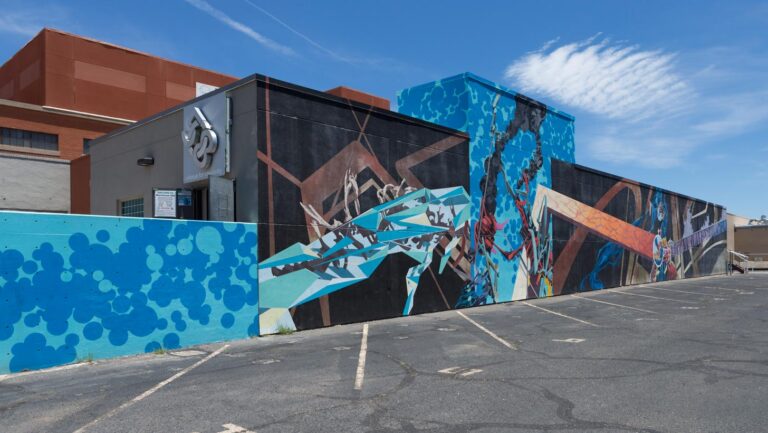Public Arts: The Albuquerque Public Art Program Marks 40 Years
The Albuquerque Public Art Program Marks 40 Years


The Quantum Bridge mural by Aaron Noble and 10 student apprentices is one example of eye-catching work support by the Public Art Program
Eric Williams Photography








